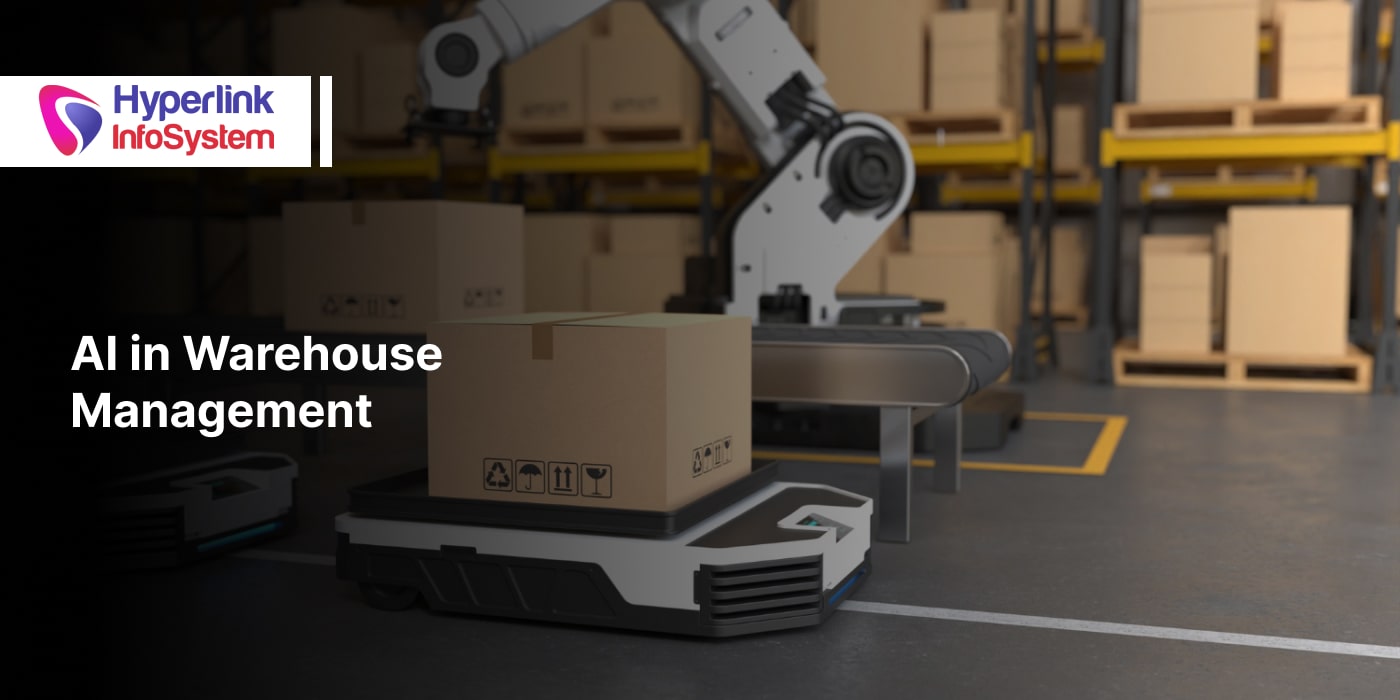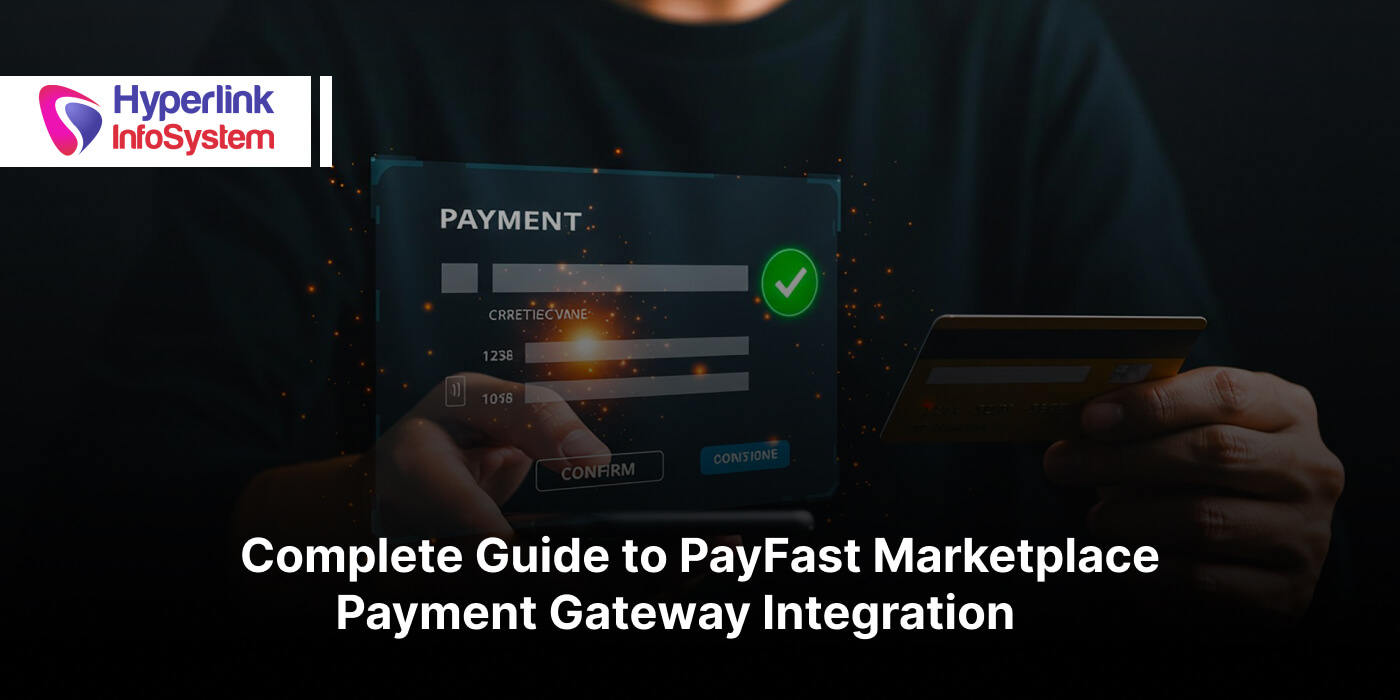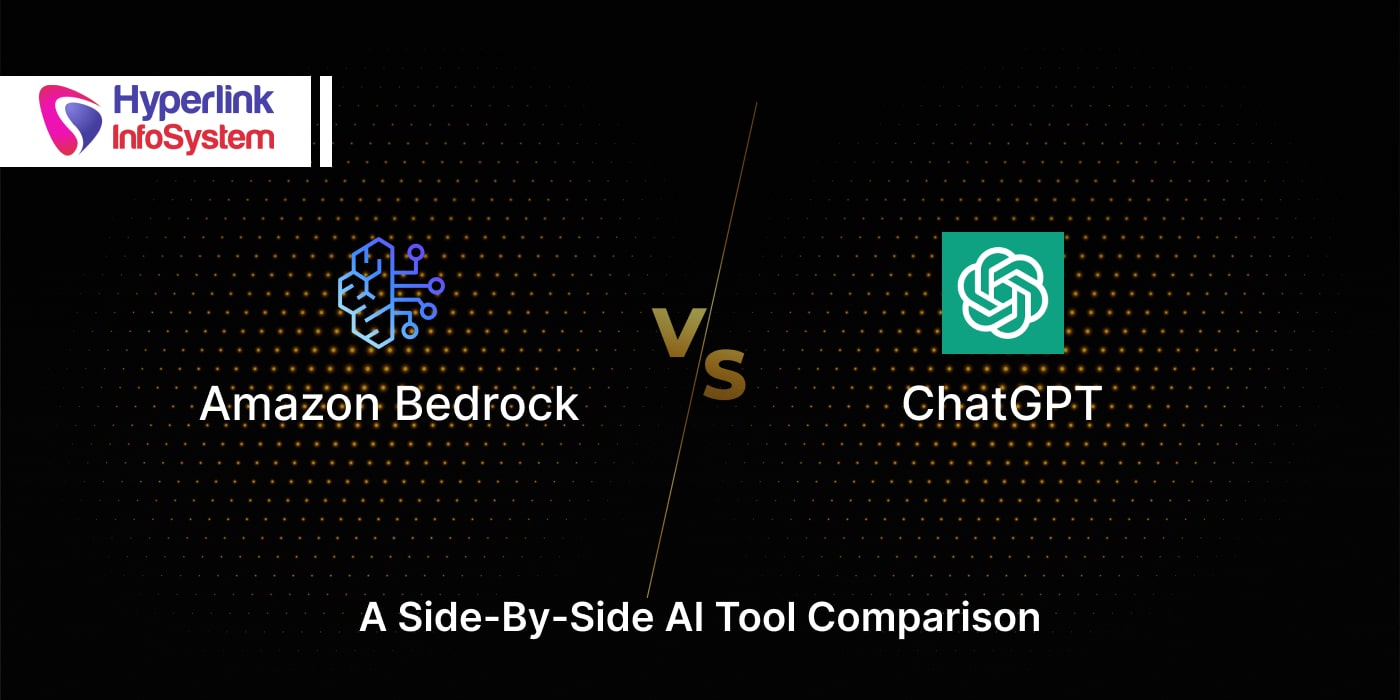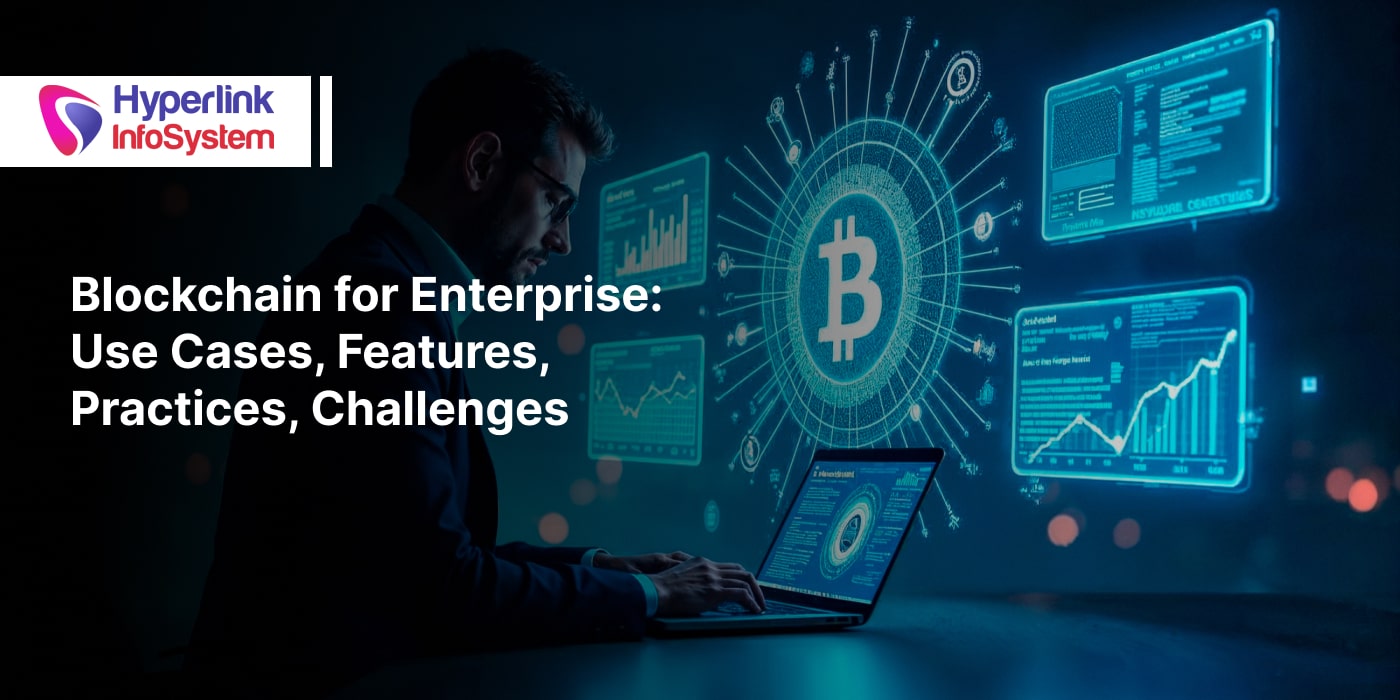Mobile
app development companies are flourishing like anything this year due to the pandemic adversities. During such times, start-ups are emerging more and more, but most of them are collapsing because the market doesn't need them. Hence, to understand what the users need from your product, it is wise to build a minimum viable product (MVP).
MVP costs less than a complete solution and lets you study the market situation. This model got companies like Dropbox and Amazon to where they are now. This article will throw light on MVP and give you a detailed study with a few examples.
What Is The Minimum Viable Product (MVP)?
A
Minimum Viable Product (MVP) is a minimum form of your product tested in the market. This type of approach lets your team verify product assumptions and understand how your target audience react and experience your product's integral functionality. This model will render insight by adequately allocating your budget to gratify your overall business objectives. Developing an MVP is an iterative process to recognize user pain points and decide the proper product functionality to address those needs with time.
In mobile app development, MVP is an approach where you build only the integral functionalities to resolve a particular problem and satisfy early adopters. An MVP is a fundamental model of your product that will fulfill the main goal you want to accomplish.
MVP development complies with a build-measure-learn process that lets you release a product that can be continuously improved as you verify assumptions, understand what your TA wants, and create future iterations of your app that serve your users better.
The Purpose Of An MVP
An MVP includes only critical features that will resolve the client's problems. Everything else can be built after reviewing the user feedback.
There's a common myth that companies develop MVP solutions to fast-track time to market. However, it's more common that businesses build MVP to validate economic capability. Therefore, development speed can be a priority when it is about faster market analysis and MVP testing.
MVP Goals
In short, MVP is focused on:
Testing a product's viability at reduced costs.
Spending fewer funds on product development.
Quick delivery of a product that resolves at least one user problem.
Besides letting your app development company validate an idea for a product without developing the whole product, an MVP even helps prevent the time and resources you might otherwise commit to developing a product that won't succeed.
Benefits Of MVP For Businesses
MVP can spark user-interest and mitigate your business from bearing losses. Below are some of the MVP advantages that can help your business.
1. Research Your TA
As soon as the product reaches the end-users, the faster you can gather and evaluate their feedback. It's a big advantage for you to understand the market situation. If MVP doesn't find its audience, you have some room to rethink features and general conception as the codebase is somewhat small.
Whereas, if users get involved in your project, you cannot be more sure that your app is useful for users and can move ahead.
2. Testing Stage
Another advantage of a minimum viable software is that it allows you to test the project's entire concept. If you release the app with plenty of features, it'll be more difficult to adjust it for a particular audience in the future. Above that, you'll have to exterminate useless product features that have already been paid for.
Simultaneously, while building an MVP, you create a small number of features. If these features suit your users, you can enhance them and create new ones based on your preference.
3. Cost Efficiency
Feature-rich apps are years of effort, and the price depends on the number of hours spent by the development team on the project. The MVP cost is much less, though, due to stepwise development. Moreover, if your mobile app brings some gains, you can reinvest it into the development of extra features.
4. Drawing Investors
Some companies depend heavily on outside investments. To draw investors, you have to entice them to like your product. MVP works great here. You have more chances to collect funds with a functioning product. Moreover, investors don't have to wait for months to know the feedback. Mostly, investors fear that projects are perfect on paper but fail in real-life, so MVP builds trust.
Types Of MVP

Developing a
SaaS solution is risky. Designing a perfect and polished product can take 100s of hours of development time, and still, there's no guarantee that people will use it. Hence, there are 4 ways you can develop an MVP to lessen the development time and increase your chances of creating something people need.
1) Landing Page MVP
Before selling your finished product, you'll have to create a landing page. So why not make a landing page before you have a finished product?
Build Your Landing Page
Create an AdWords Campaign to drive traffic - creating ads for each topic & evaluating audience responses.
Measure conversion rates - you can greet customers with an "available soon" or "out of stock" message as this is an effective way to arouse your product's desirability.
2) Explainer MVP Video
Dropbox founder Drew Houston talks about the basic principles of the Dropbox solution in a 3-minute video. In the Dropbox instance, Drew has coded up a basic prototype, but you don't have to go that far. You can learn a lot about the perceived value of your idea as long as your explainer video precisely displays what you intend your product to do.
3) Flinstone MVP
If you closely observe the Flinstone family driving a car, you will know that beneath the surface, they're actually using old style workforce, and it's not the engine.
That's the fundamental principle behind the Flinstone MVP, creating the illusion of a completely functional product and relying on the workforce to deliver the finished solution.
This low-cost model allows you to test the market response of your product without actually building it.
4) Concierge MVP
The concierge MVP represents the final non-scalable, inefficient development; rather than developing a product, you imitate a product by delivering an entirely manual, hands-on service.
Food on the Table, a meal planning service introduced in 2014, began as a concierge MVP, with the company's owners offering VIP service to a single client.
At the week's end, they'd receive a $10 cheque, but more importantly, they would know the parts of their service people loved and the ones they didn't. That insight enabled them to start building a product they knew people would actually use.
How To Build An MVP?

This is a step-by-step guide to plan your minimum viable product and start the development process.
1. Recognize & Understand Your Business Needs
2. Find The Opportunities
3. Determine The Features For The App
These are just 3 steps; let's go into more detail so you can apply them easily in your project. Following each step will help you recognize and prioritize features in a way you need to get your MVP to market.
1. Recognize & Understand Business Needs
In the initial stage, you must recognize the need for your product's existence. This could be a business need or a client need that addresses an existing gap.
a) Decide The Long-term Goal & Note It Down
Ask yourself these questions: Why are you doing this project? You can have any goals depending on what you want to deliver for pleasant customer service.
b) Recognize Success Criteria
Another thing is to recognize success criteria that will decide if or not the product will be successful. This probably should consist of over one metric. For instance, a hotel might define success by reaching a 30% reduction in check-out time, having a 100% occupancy rate, and getting good reviews on third-party booking websites.
2. Find The Opportunities
In the above stage of building your MVP, you should have recognized market gaps and problems that need to be solved for your clients or business. The next stage of MVP development includes finding opportunities to resolve the issues and add value through your app.
a) Map Out The User Journey
The user journey is divided into 3 segments: the user, story endings, and user actions.
I. Recognize the user: Several people will use your product. It's most likely that you will have more than one type of user. For instance, if you have a service appointment reservation app, you might have a customer and the service technician.
II. Recognize the actions: The actions are those that users need to take to reach the story ending and accomplish the goal.
III. Recognize the story endings: Each user will have a story ending, which is the user's end goal.
While planning your MVP, you will want to look at which user has the most jobs and concentrate on that user. In most cases, this will make much sense; however, there may be more important things that need to be addressed, so you might need to focus on a different user.
b) Design A Pain & Gain Map For Every Action
This kind of map lets you recognize all user pain points and the gains the user receives when each is addressed. This allows you to decide your greatest potential to add value. You can then focus your MVP on these areas while adding the less effective ones to the product roadmap for future releases.
I. Note the actions the users need to finish: Write the actions that you recognized when mapping out the user journeys.
II. Note the pain points for each action: The pain points are short summaries of the problems that users have when trying to finish that action.
III. Note the gain for each action: The gain is the value received when that pain is addressed.
List and count the no. of pains and gains for every action, each user. You should ideally assign a value using a point system to help quantify the impact of the gain.
c) Outline The Pains & Gains Into The Opportunity Statement
There are several ways to outline pains and gains. One way is using an opportunity statement that complies with a "How Might We" format. For instance, "How to make it easier for users to book appointments?" This can help you translate the pains and gains you recognized in the earlier step into feature sentences.
3. Determine The Features For The App
This stage helps you discover what features should be included in your MVP and the features to add to the product roadmap that is a lower priority.
a) Apply Opportunity Statements To Conclude Your Features
Applying your opportunity statements from the last step, conclude the features you want to develop. You would want to make feature sentences at this stage in the MVP development process.
b) Give A Breakdown Of The Features To Add To The Product Roadmap
Write down the user and the particular opportunity statements, and give a breakdown of the features to add to the product roadmap.
c) Use A Prioritization Matrix To Prioritize Features
This step helps you recognize where you can make your product's maximum impact concerning the feature's urgency. The prioritization matrix enables you to make final decisions on what needs to be included in your MVP and what can be included in later stages.
MVP Development Framework Is Set
After completing the above steps, you should have a solid foundation to develop your MVP. You have recognized and understood your business or client needs. You have found the chance to address the pain points. And you have determined what features to develop and their priority.
Agile MVP development lets you focus on these features for the initial build, gather data and learnings, and iterate and enhance based on your learning.
This is when you can focus on getting your MVP to market.
MVP Examples

1. DropBox
At times you can test basic assumptions without even developing a product. Before DropBox, a super successful app existed as a 3-min video filled with geeky in-jokes and amateur narration.
Drew Houston, the founder of DropBox, realized that the amount of time and effort needed to design a functioning DropBox prototype was too high, requiring complex integrations with current tools.
Therefore, instead of investing tons of resources into building a functional version of the software for users, Drew created a simple video describing how the software was intended to work.
2. ZAPPOS
Before the establishment of eCommerce, Nick Swinmurn has a groundbreaking idea- that people would love to buy shoes online without even trying them on.
Nick went to the local shoe store to test that idea, photographed their stock, and marketed them online. If the shoe sold, he would return to the store, purchase the shoes and ship them. Now go ahead in time, and eCommerce is a billion-dollar industry, and Amazon acquired Nick's business for 1.2 billion.
This approach is known as 'Flinstoning': though it looks like your product & service is polished and completely functional, in reality, you are pedaling like hell underneath the surface.
3. Angelist
Rather than building a complex website and spending a lot to market themselves to founders and investors, Angelist kept it simple. They relied on their current contact networks and plain old email to organize their first few investment opportunities.
After achieving small-scale success, it became easier to justify the time and resources needed to scale-up the service.
4. Airbnb
Two guys in San Francisco wanted to start their start-up in 2007, but they had no money even for a living. Once during a conference in the city, they thought of renting out the upper floor of their home to visitors who couldn't get into any hotel.
They created a simple landing page and posted pictures of their apartment. Later they had 3 clients who rented lodging during the conference.
MVP-marketplace and communication with guests enabled entrepreneurs to indicate the TA and accept the viability of their idea. Consequently, they developed Airbnb - a platform for the short-term renting place.
5. Buffer
Why spend time on products that might be worthless to the audience? Hence, instead of developing a product, Joel Gascoigne launched a web page to summarize his product and many subscription plans.
When users tried to subscribe, they got a message that suggested to follow the development process and announced that the product is still not available.
Due to the subscriber's base, Joel built a connection with the TA. Whereas the subscription page lets him understand the share of traffic that is prepared to pay.
6. Pebble
Pebble discovered the manufacturing of watches made of e-paper, which are considered the predecessor of the smartwatches.
The founder of Pebble, Eric Migicovksky, launched the most successful Kickstarter campaign. Total investments accounted for $10 million.
Eric used a demo video of a prototype as an MVP. Therefore, he asked for investments. The needed amount was accumulated in 2 hours. By the week's end, there was $600k on a project's bank account. After the investment round, overall funds made up to $10,200,000. Unfortunately, this project went insolvent and was acquired by Fitbit.
7. Uber
Garrett Camp & Travis Kalanick were disappointed by the extreme prices of cabs in San Francisco and the absence of affordable alternatives. Their actual idea was to twin drivers who were willing to take passengers with people who wanted a ride. Henceforth, most business owners would have jumped into a frenzy of website designing and app development. However, Camp & Kalanick were smart. They realized that if they began too rapidly, their idea would get disrupted even before beginning.
After the launch in 2009, the MVP app "UberCab" only worked on iPhones or SMS and only available in SFO. But this app helped Camp & Kalanick prove that their actual ride-sharing idea had a market. MVP helped them test the biggest risk facing this business at a low cost. Data from the app helped Uber scale and quickly become one of the extremely valued companies in Silicon Valley.
8. Spotify
The music industry was facing its biggest challenge in 2006. Martin Lorentzon and Daniel Ek thought to create a free music streaming service and use ads to produce income. Several similar music streaming services were launched around this time, so why did they fail while Spotify became worth $23 billion?
Lorentzon and Ek realized that most music streaming businesses were plowing cash into apps and websites without even testing their idea. They spent a lot of money and failed to deliver what their customers expected. Hence, Lorentzon and Ek created an MVP in the form of a desktop app that offered one integral feature: music streaming. Later, they added the option for users to pay a monthly fee for an ad-free experience.
Spotify's MVP was run on a closed beta, in the beginning, to test the market and keep costs as low as possible. This approach confirmed that Spotify's idea could win and the service built on its initial success to swiftly sign up artists, create a mobile app, and scale-up.
After looking at this bunch of examples, now you know why it is essential to have an MVP before going for a complete
app development process.
However, at certain times MVPs do fail. Let's learn why that happens.
Why do MVPs Fail? How to Solve them?
This article taught about how to make your MVP rise. But it's tough to grow when you are unaware of where you can fall. So, it's time to discuss the common mistakes in MVP development and how to resolve them as well.
1. No Market Niche
You have incredibly low chances of winning if you pick to enter the market dominated by large companies or overflowing with the same kind of solutions. While you might firmly trust that your offerings are fantastic, you might want to know if your TA could be satisfied with what they already have.
Solution:
Here, the only option you have is to display your product as a truly different one by delivering the features that your competitors do not have or marketing it the right way. If you show your MVP as truly unique, it will be successful, or else it is just one of many choices that exist.
2. Inexperienced Team
If you think that your MVP will be a massive success with an inexperienced team, then you are undoubtedly wrong. This is because developing an MVP is similar to creating any other tech product that indeed needs support from other experienced teams, including engineers, developers, UX/UI designers, project managers, and QA testers.
A bunch of developers and graphic designers cannot develop a mobile app's MVP. You need to have a good team who are incredibly skilled & experienced in their areas. A team can improve the product in each aspect possible, and they can take up a new marketing approach easily and rebrand the business, tear it all down and begin again in the most hassle-free approach possible.
Solution:
To get the most from your workforce, you must hire skilled and expert people in their areas. Hence, they will not waste hours trying to find out processes they must learn. The more experienced your workforce is, the more productive they will be and more efficient they will deliver.
3. Focus On Developing A Perfect Product
Some people hate the idea of the product with sketches. They are those who like something which looks done and dusted. But what if the complete project gets disapproved by the potential clients? All your funds and efforts spent on developing the product will go in vain. MVP's purpose is to give them a glimpse of how the final product will be. To grab your user's attention, you must not add additional features to the MVP itself. The purpose of MVP is to apply the right and minimum product functions.
Solution:
There is no solution to their problem, but you must understand the concept and develop accordingly. You must not build a full-fledged product, but the MVP should perform the essential functions properly.
4. Neglecting The Right Way Of Developing The MVP
Of all the methods available for building an MVP, there are 2 major ones; the wrong and right. For example, if you are thinking of making a bicycle as your final product, your MVP shouldn't be a tire because that won't satisfy the client's needs.
Solution:
Therefore, you should always go for the right way of building the MVP, as the wrong one will take you nowhere.
5. Selection Of Wrong Development Methods
Most start-ups jump into developing an MVP product, not knowing the right method of building an MVP product. Hence, you'll see most of the business owners giving up midway through the project. There are 2 ways to build an MVP - agile & waterfall methods. However, if you're building an MVP software product, an app, for instance, then agile is the better alternative. This is easier than the traditional waterfall approach, and the reason is that it's quick and completes the project within a specific time frame. The next thing you need to know about the agile model is that its pricing methods are hourly-based, while the waterfall model has a fixed price plan.
Solution:
It is essential to study both the development models to pick the one that suits the nature of your product. This will help you save your time and money. In return, you will have a great MVP in hand.
Bottom Line
After reading this piece, you must have got an idea of how vital MVP can be for your business to save your time and efforts after developing a product that you don't know has a market. However, it is not just essential to create an MVP; developing a perfectly balanced MVP is an art that is somewhat difficult to master. Therefore, all the problems and solutions are mentioned right there to help you in your MVP process.
You must ensure to assemble all the pieces together - from getting together an experienced team and designing a smart marketing campaign to create your key differentiator. If you want to develop a successful MVP, details like the concept, prototyping, development, testing, and MVP development company choice must be taken seriously.



























